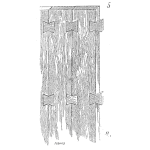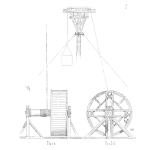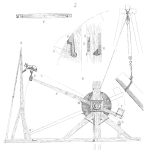
In the previous three articles, we’ve examined the Break-even Analysis and Pay-back Period methods (Part 1 and Part 2) as means of evaluating capital investments. While these back-of-the-napkin methods are excellent starting points for analyzing investments, they’re both poor ending points. Neither provide a reliable basis for comparing investments side-by-side. And neither tell you how much value an investment is adding to your organization. [Read more…]













